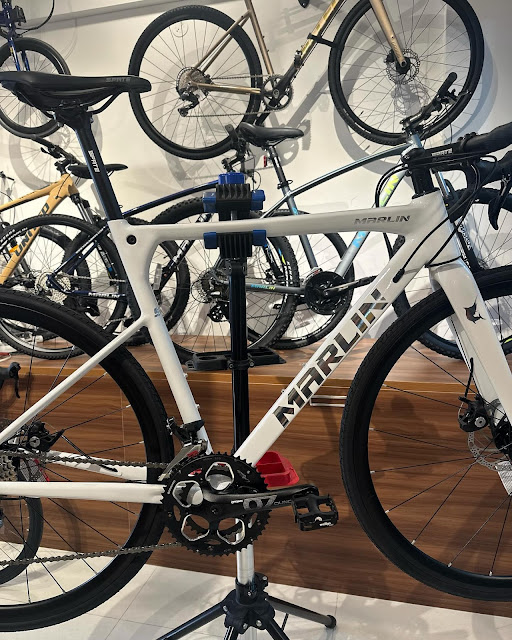What's the difference between hybrid bike and mountain bike?
The main differences between hybrid bikes and mountain bikes lie in their design, purpose, and components. Here's a breakdown:
1. Design and Purpose:
Hybrid Bike:
Purpose: Designed for general-purpose riding over various types of terrain, suitable for city commuting, light off-road paths, and casual riding.
Design: Combines features of road bikes and mountain bikes. It typically has a more upright riding position, which provides comfort and better visibility in traffic.
Mountain Bike:
Purpose: Specifically designed for off-road cycling, including trails, rough terrain, and mountain paths.
Design: Built to withstand rough terrains with a more aggressive riding position. It features a strong frame and components that can handle impacts and shocks.
2. Frame and Geometry:
Hybrid Bike:
Frame: Lighter frame compared to mountain bikes, often made from aluminum or carbon.
Geometry: More relaxed and upright frame geometry for comfort and visibility.
Mountain Bike:
Frame: Sturdier and heavier frame, made to withstand impacts, often made from aluminum, carbon, or steel.
Geometry: More aggressive frame geometry for better control and stability on rough terrain.
3. Tires and Wheels:
Hybrid Bike:
Tires: Medium-width tires, smoother tread for better efficiency on paved roads, but still capable on light off-road paths.
Wheels: Generally 700c wheels, similar to road bikes, offering a balance between speed and comfort.
Mountain Bike:
Tires: Wider, knobby tires for better grip and shock absorption on rough terrains.
Wheels: Typically 26”, 27.5”, or 29” wheels, providing more stability and control over obstacles.
4. Suspension:
Hybrid Bike:
Suspension: Often has either no suspension or front suspension with limited travel to absorb minor bumps on city streets or light trails.
Mountain Bike:
Suspension: Typically equipped with front suspension (hardtail) or both front and rear suspension (full suspension) with longer travel to handle rough and rocky terrains.
5. Gearing:
Hybrid Bike:
Gearing: Typically has a wide range of gears, but fewer than a mountain bike, suitable for varied terrains including hills and flat roads.
Mountain Bike:
Gearing: Has a very wide range of gears to tackle steep and varied terrains, often with more gears than a hybrid bike.
6. Brakes:
Hybrid Bike:
Brakes: Often equipped with either rim brakes or disc brakes, sufficient for city riding and light trails.
Mountain Bike:
Brakes: Usually comes with disc brakes (hydraulic or mechanical) for better stopping power and performance in muddy or wet conditions.
7. Handlebars:
Hybrid Bike:
Handlebars: Generally flat or slightly raised bars for an upright and comfortable riding position.
Mountain Bike:
Handlebars: Wide flat or riser bars for better control and handling on rough terrain.
In summary, hybrid bikes are versatile and designed for a mix of road and light off-road use, focusing on comfort and efficiency. Mountain bikes are built to handle rough terrains with durability, stability, and control in mind.

Comments
Post a Comment